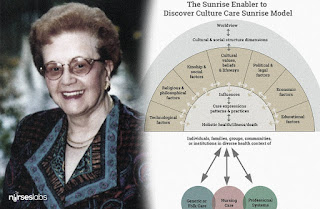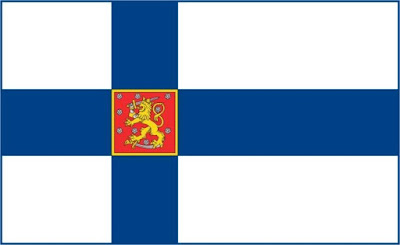Midnight Sun in Finland and Sun time in general!
First at all, the midnight sun is a extremely strange phenomenon this takes place in the North part of Finland and the Artic Circle in summer months. In the Arctic Circle, where Rovaniemi is located (I will travel there in December!😛. The sun officially remains on the horizon for 24 consecutive hours during the summer solstice, on June 21 or 22. However, the midnight sun period in Rovaniemi lasts a whole month, from June 6 to July 7; This is due to the slight inclination of the Earth's axis and the refraction of sunlight. My stay here finished in Christmas but maybe it is possible that I travel here to see this amazing midnight Sun. I was able to speak with Finnish nurses in my hospital and they said to me that you have to live that phenomenon one time in life! According to the Turist information office of Romanievi seeing the midnight sun in Rovaniemi is not a big effort. Near the city center there are places like Jätkänkynttilä bridge , Ounaskoski beach and the Arctic Ga...








